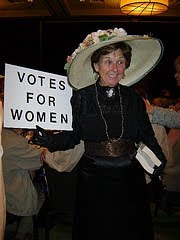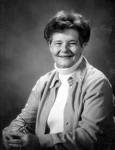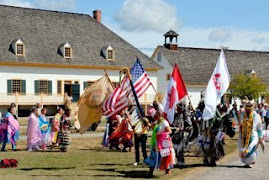Showing posts with label DeGrazia Emilio. Show all posts
Showing posts with label DeGrazia Emilio. Show all posts
Wednesday, July 7, 2010
A Fortuitous Meeting
In June, I wandered around a lovely book shop in the small Minnesota city of Winona. There I bought a memoir about Italian/American immigrants and met the author, Emilio DeGrazia. The book, Walking on Air in a Field of Greens, was a delightful discussion of Italian family connections including a mediation on life in old Calabria, the perils of immigration and the questions facing those considering the journey. Should one go or stay? If one goes, should one embrace the new culture or cling to the old? Or find a moderate path between? In this discussion of racism and the unknown immigrant, DeGrazia muses on the city of Dearborn Michigan, a city which mirrors all these issues.
EYE SHADOW by Emilio DeGrazia
Whenever the Twins play the Tigers I zip my lips. Detroit isn’t really my home town. I was born in Dearborn just a few blocks from the limits of Detroit, but the boy in me still quivers when I see that gothic “D” on a white Tiger uniform. The quiver is for a Detroit I remember as a kid––the downtown skyscrapers, Belle Isle, the spacious parks, the Woodward and Michigan Avenue shops. When I think of Detroit now I imagine it to be more devastated than Baghdad and maybe more dangerous. Detroit is a tragically dysfunctional city that does not inspire confidence in the American way of life.
Dearborn, the large suburban city that now makes a stranger of me, is someplace else. I find it hard to believe that Detroit’s old elegance will be restored, but my recent trip to Dearborn gave me a hint of hope that our war with Islamic radicals may peter out.
By accident of birth, the few blocks that kept me on the Dearborn side of the Dearborn/Detroit divide, I escaped the decline and fall of Detroit, That divide was grounded on separatist beliefs that built invisible walls. “Help Keep Dearborn Clean” was the slogan I learned by heart as a kid. “Clean” was silently pronounced “White.” Dearborn was kept clean by unwritten codes strictly enforced by goons who wore ties and rolled up the sleeves of their white shirts when they went to work to confront and intimidate anyone suspected of violating their segregationist codes. Real estate agents and city building inspectors ranked high in this army of goons. Of the tens of thousands of auto workers who routinely took buses from their homes in Detroit to work in Henry Ford’s sprawling Rouge Plant in Dearborn, 80% were African/Americans. Not one black auto worker lived inside Dearborn’s invisible walls. The goons made sure of that.
EYE SHADOW by Emilio DeGrazia
Whenever the Twins play the Tigers I zip my lips. Detroit isn’t really my home town. I was born in Dearborn just a few blocks from the limits of Detroit, but the boy in me still quivers when I see that gothic “D” on a white Tiger uniform. The quiver is for a Detroit I remember as a kid––the downtown skyscrapers, Belle Isle, the spacious parks, the Woodward and Michigan Avenue shops. When I think of Detroit now I imagine it to be more devastated than Baghdad and maybe more dangerous. Detroit is a tragically dysfunctional city that does not inspire confidence in the American way of life.
Dearborn, the large suburban city that now makes a stranger of me, is someplace else. I find it hard to believe that Detroit’s old elegance will be restored, but my recent trip to Dearborn gave me a hint of hope that our war with Islamic radicals may peter out.
By accident of birth, the few blocks that kept me on the Dearborn side of the Dearborn/Detroit divide, I escaped the decline and fall of Detroit, That divide was grounded on separatist beliefs that built invisible walls. “Help Keep Dearborn Clean” was the slogan I learned by heart as a kid. “Clean” was silently pronounced “White.” Dearborn was kept clean by unwritten codes strictly enforced by goons who wore ties and rolled up the sleeves of their white shirts when they went to work to confront and intimidate anyone suspected of violating their segregationist codes. Real estate agents and city building inspectors ranked high in this army of goons. Of the tens of thousands of auto workers who routinely took buses from their homes in Detroit to work in Henry Ford’s sprawling Rouge Plant in Dearborn, 80% were African/Americans. Not one black auto worker lived inside Dearborn’s invisible walls. The goons made sure of that.
Subscribe to:
Posts (Atom)








































































































































































































































































